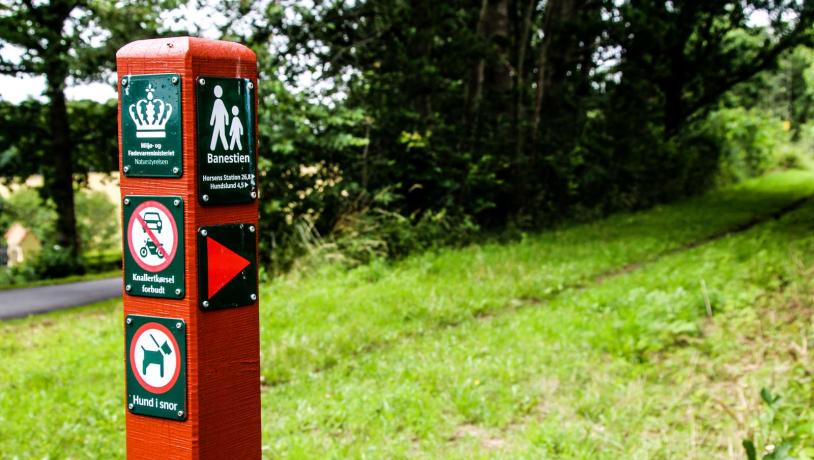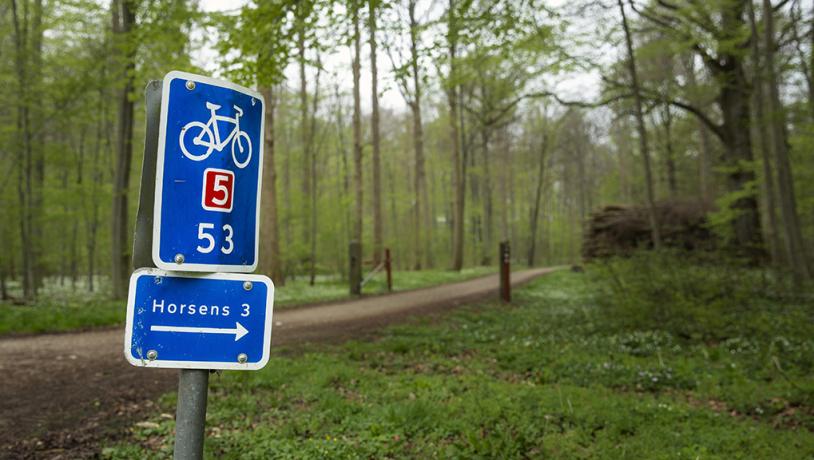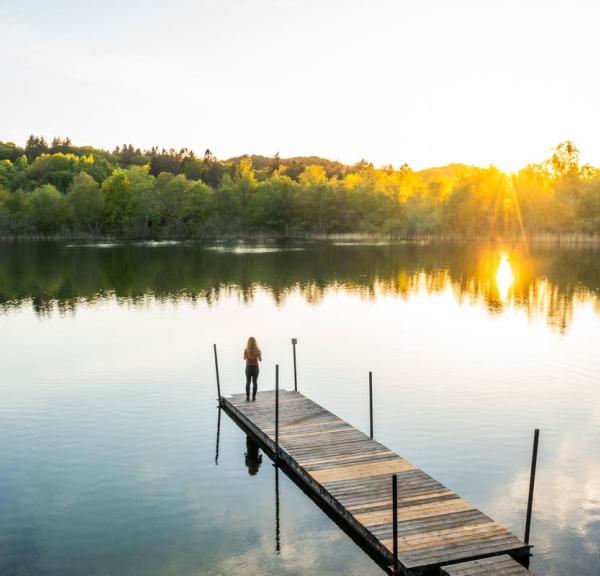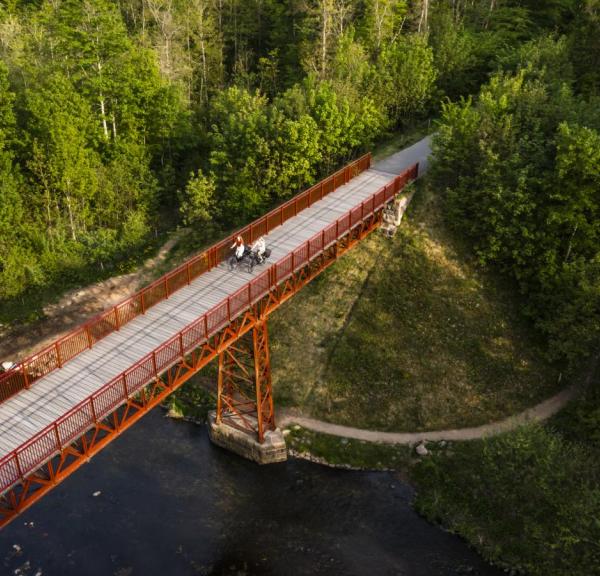Tips and tricks for behaviour in nature
Many of us find joy in spending time outdoors—more than ever before, in fact. With so many people enjoying nature, the impact on it increases, making it even more important for us to act responsibly. Whether we’re drawn to local hiking trails, birdwatching towers, or campsite shelters, we might sometimes wonder how to behave properly or what the rules actually are. And occasionally, we could all use a good piece of advice.
For example, how do you handle waste during a hike without ending up with curry dressing all over your backpack? And what do you do if nature calls when you’re far away from any toilets?
Proper behaviour in nature is about protecting wildlife and plants, keeping the area clean and enjoyable for other visitors, and showing respect to local residents who kindly allow access to private land for trails.






